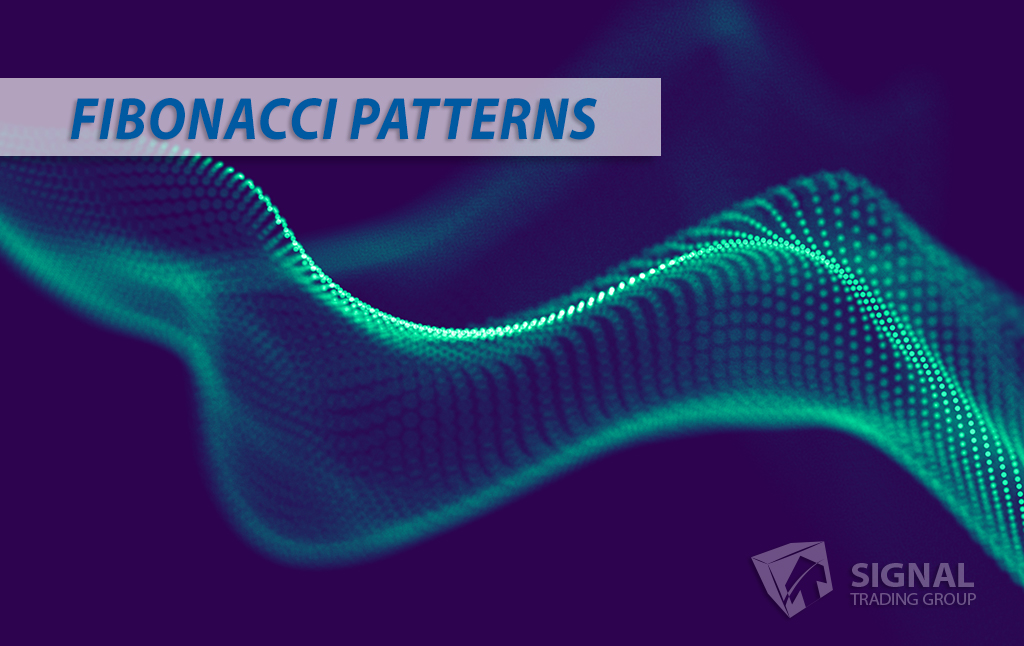As it’s Fib Ratio Day (6/18), I thought it appropriate to write a blog that explains the .618 Fibonacci retracement ratio.
The .618 Fibonacci Retracement
Ever wondered how traders make accurate predictions of price movements in the stock or futures market? What secret sauce is integral to their technical analysis? In this blog post, we’ll dive into the fascinating world of Fibonacci retracements – a popular tool traders use to forecast potential areas of support and resistance in the market. We will primarily focus on the magic number, .618, and delve into tips and best practices for leveraging the power of Fibonacci retracements to achieve more effective trading outcomes.
What is Fibonacci retracement?
Fibonacci retracement is a technical analysis concept rooted in the mathematical discoveries of Leonardo Fibonacci, a mathematician from the 13th century. In his studies, Fibonacci identified a series of numbers where each succeeding number is the sum of the two preceding numbers, e.g., 0, 1, 1, 2, 3, 5, 8, 13, 21, and so on. This sequence is known as the Fibonacci sequence.
The intrigue surrounding Fibonacci retracements comes from the relationships found between these numbers. Specifically, the ratios between adjacent numbers in the Fibonacci sequence (e.g., 5/8, 8/13, 13/21, etc.) begin approaching .618 or 61.8%. In the trading world, the .618 ratio is deemed significant and is believed to provide valuable signals regarding price movements.
The math behind Fibonacci retracements
So, how does the .618 ratio translate into predicting price movements in the stock or cryptocurrency markets? To answer this question, we need to look beyond the .618 ratio to other key Fibonacci ratios derived from the sequence, including:
- .236 (23.6%)
- .382 (38.2%)
- .500 (50%)
- .618 (61.8%)
- .786 (78.6%)
- 1 (100%)
These ratios, often referred to as the retracement levels, serve as valuable indicators of potential areas of support and resistance. When price action retraces to these levels, traders often look for a bounce or a break, depending on whether the trend is bullish or bearish.
Real-world example
Imagine you’re holding contracts in a futures market that has surged in price from $100 to $150 over a month. Eventually, the price begins to pull back, and you want to predict support levels where it might stabilize. Fibonacci retracement tools help you identify these levels: the difference between the high and low points is $50 ($150-$100).
Applying the Fibonacci ratios mentioned above, you’d obtain the following support levels:
- 23.6% retracement: $100 + ($50 * .236) = $111.80
- 38.2% retracement: $100 + ($50 * .382) = $119.10
- 50% retracement: $100 + ($50 * .500) =$125.00
- 61.8% retracement: $100 + ($50 * .618) = $130.90
In this example, you would watch out for possible stabilization around these levels and make your trading decisions accordingly.
Tools and strategies
Now that we’re familiar with the concept of Fibonacci retracements and the mathematics behind them let’s explore a few steps to help you forecast retracement levels. First, you must identify a price chart’s high and low points before plotting the retracement levels with trading software like TradeStation or TradingView. Once you plot the retracement levels, look for potential bounces or breaks depending on the prevailing trend. Finally, remember that Fibonacci retracements are just one of the many tools available to traders. Combine your trading outcomes with other technical analysis concepts such as trend lines, moving averages, and support/resistance levels to maximize your trading outcomes.
Conclusion
Fibonacci retracements provide a powerful tool for traders seeking to predict potential support and resistance areas in the stock or futures markets. Combining the retracement levels with other technical analysis concepts, you’ll be better equipped to make more informed trading decisions and maximize your returns.




